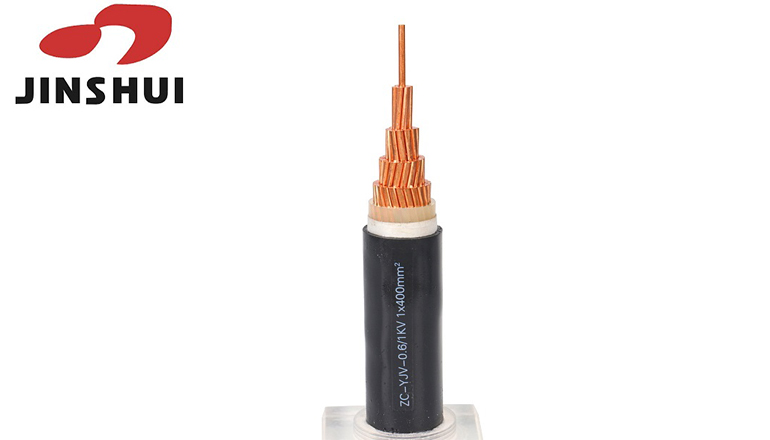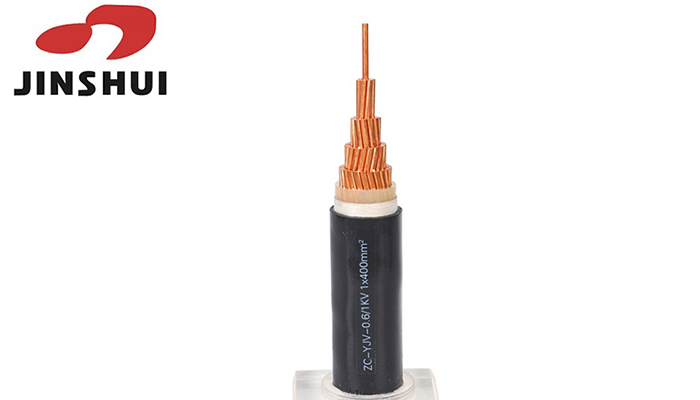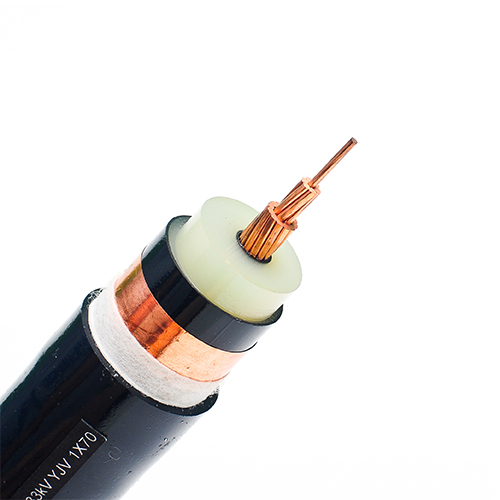- Offices Time:24 Hours Online
- Email:[email protected]
- WhatsApp:+8618339938759

Posted on October 25, 2023
Technical requirements for flame retardant cable production
There are many technical requirements in the production and manufacturing process of flame retardant wires. Flame-retardant cables refer to wires that can prevent the spread of fire under certain conditions, and their outer materials have the properties of preventing the spread of flames. The following are some technical requirements in the production and manufacturing process of flame retardant wires.

Flame-Retardant Cables Material
1. The manufacture of flame-retardant cables requires the use of materials with good flame-retardant properties. These materials should be non-combustible, resistant to flame spread, low smoke, and low toxic gas emissions. Common flame retardant materials include epoxy resin, polyester, polyolefin, etc. When selecting materials, they need to be chosen based on specific uses and environmental requirements. At the same time, the quality of materials also needs to comply with relevant standards and regulatory requirements.
Control process parameters
2. Process parameters need to be controlled during the production and manufacturing process of flame-retardant cables. This includes the setting and adjustment of extrusion temperature, extrusion speed, extrusion pressure and other parameters. Reasonable process parameters can ensure product quality and performance. For example, an extrusion temperature that is too low may cause the material to fail to melt completely, affecting the appearance and insulation properties of the wire; an extrusion speed that is too fast may result in uneven material, bubbles, and defects. Therefore, process parameters need to be reasonably set according to specific materials and equipment conditions, and monitored and adjusted in real time.

Insulation layer thickness
3. The thickness of the insulation layer of flame-retardant cables must meet standard requirements. The insulation layer is an important part of the flame-retardant wire, and its thickness directly affects the insulation performance of the wire. According to the requirements of international and industry standards, the thickness of the insulation layer of flame-retardant wires should usually be within a certain range. An insulation layer that is too thin may result in substandard insulation performance, while an insulation layer that is too thick may result in high product costs. Therefore, during the production process, it is necessary to monitor the thickness of the insulation layer through online detection and offline detection, and make necessary adjustments.
Flame-Retardant Cables Appearance Quality
4. The appearance quality of flame-retardant wires must meet the requirements. Appearance quality is one of the important indicators of wire products, especially for flame-retardant wires. During the manufacturing process, attention must be paid to the color consistency, surface smoothness, appearance defects (such as bubbles, dents, scratches, etc.) of materials to ensure the appearance quality of the product. Some flame-retardant cables need to be marked and printed according to specific needs, and special attention must be paid to printing quality and accuracy.
Flame-Retardant Cables Electrical properties
5. The electrical performance of flame-retardant wires must meet standards and requirements. Electrical performance is an important indicator to measure the quality of wires, including resistance, insulation resistance, voltage resistance, heat resistance, etc. During the manufacturing process, it is necessary to use appropriate testing methods to check whether the resistance and insulation resistance of the wire meet the requirements, and make necessary adjustments. In addition, the voltage and heat resistance of the wires need to be verified through voltage endurance testing, high temperature aging testing and other means.
Flame-Retardant Cables Safety performance
6. The safety performance of flame-retardant cables must meet relevant requirements. Wires are products that are in direct contact with power sources and equipment, and their safety performance is directly related to the safety of users and equipment. During the production process, attention needs to be paid to the wear resistance, bending resistance, chemical resistance and other properties of the wires to ensure that the wires are not easily damaged during use and will not pose a threat to personal and property safety after damage. In addition, it is also necessary to confirm whether the size and nominal value of the wire comply with relevant standards.
To sum up, there are many technical requirements in the production and manufacturing process of flame-retardant wires. Selecting appropriate materials, controlling process parameters, controlling the thickness of the insulation layer, ensuring appearance quality, and meeting electrical and safety performance requirements are the key technical requirements for the production of flame-retardant cables. Only under the premise of strictly controlling the above requirements, can we produce flame-retardant wire products with good flame-retardant properties and excellent performance.
Post categories
Most Popular Posts
-
The 136th Canton Fair welcomes you to participate!
October 12, 2024 -
High temperature cable introduction
July 26, 2024 -
Kenya Power and Energy Exhibition 2024
June 11, 2024 -
Introduction of rubber sheathed cable
June 5, 2024





